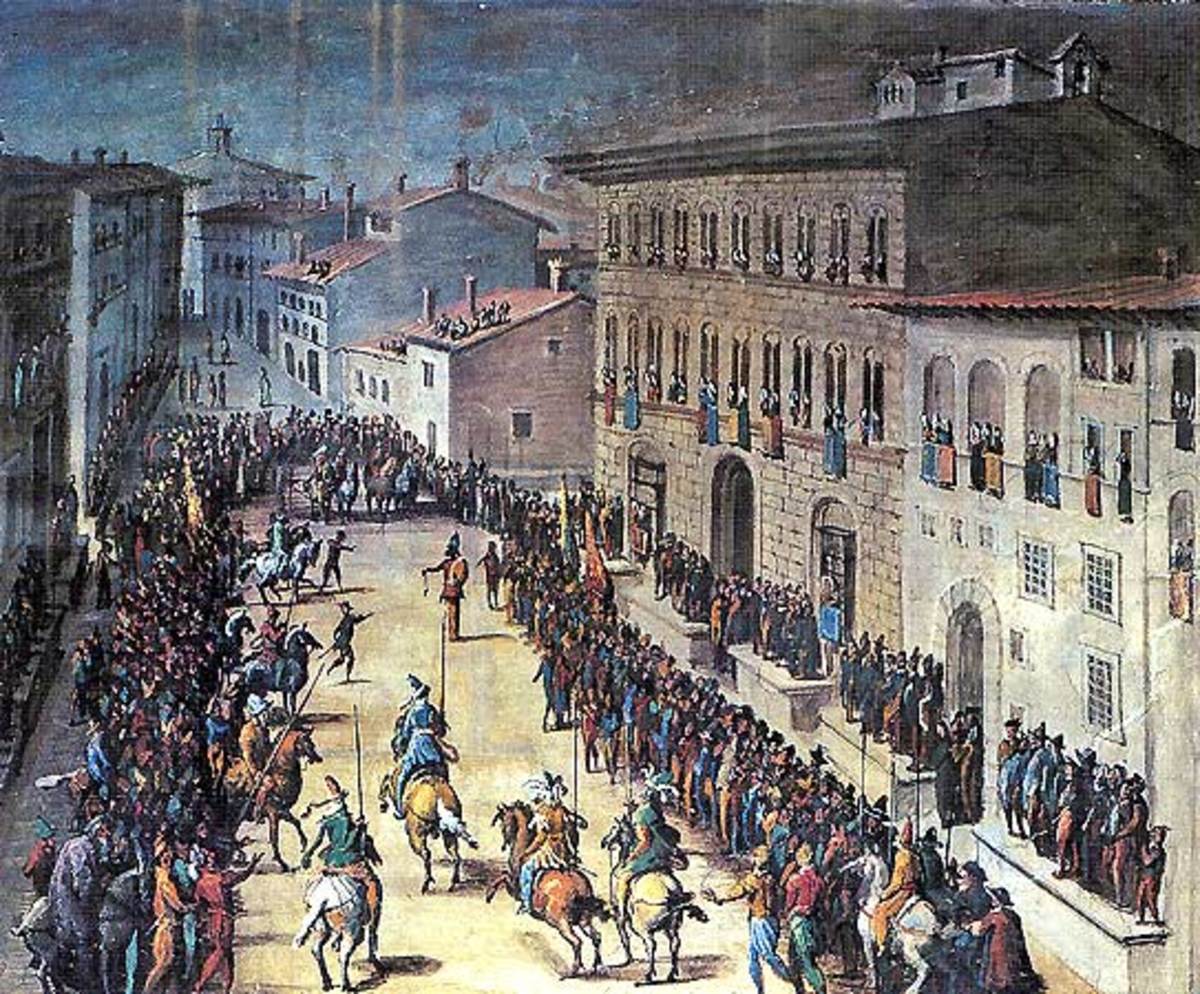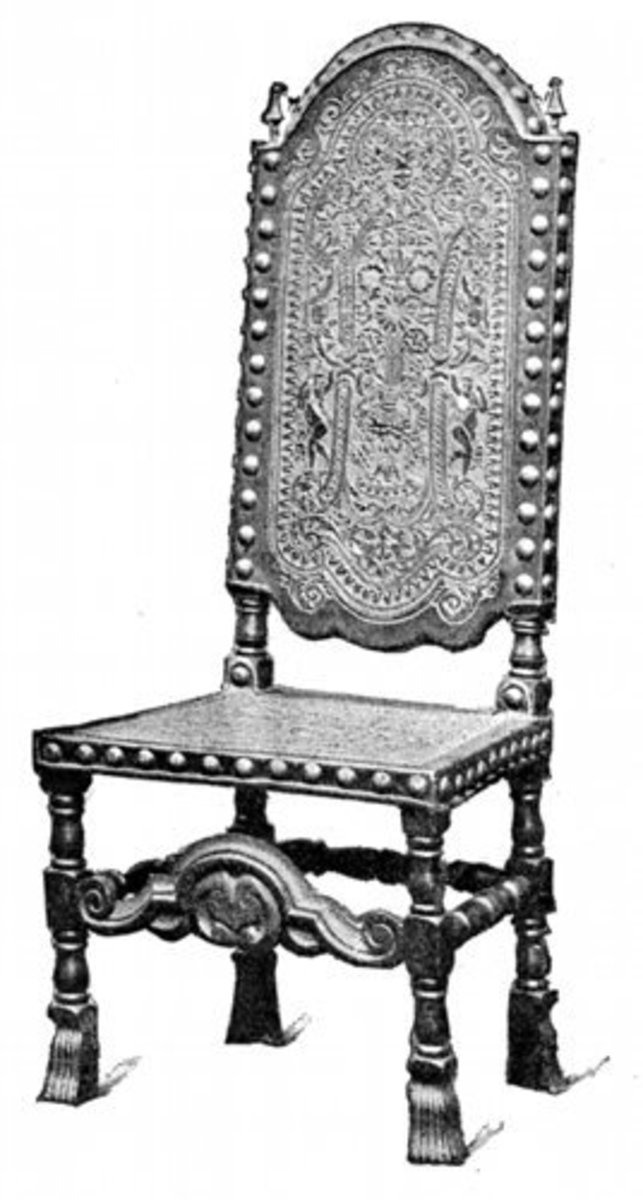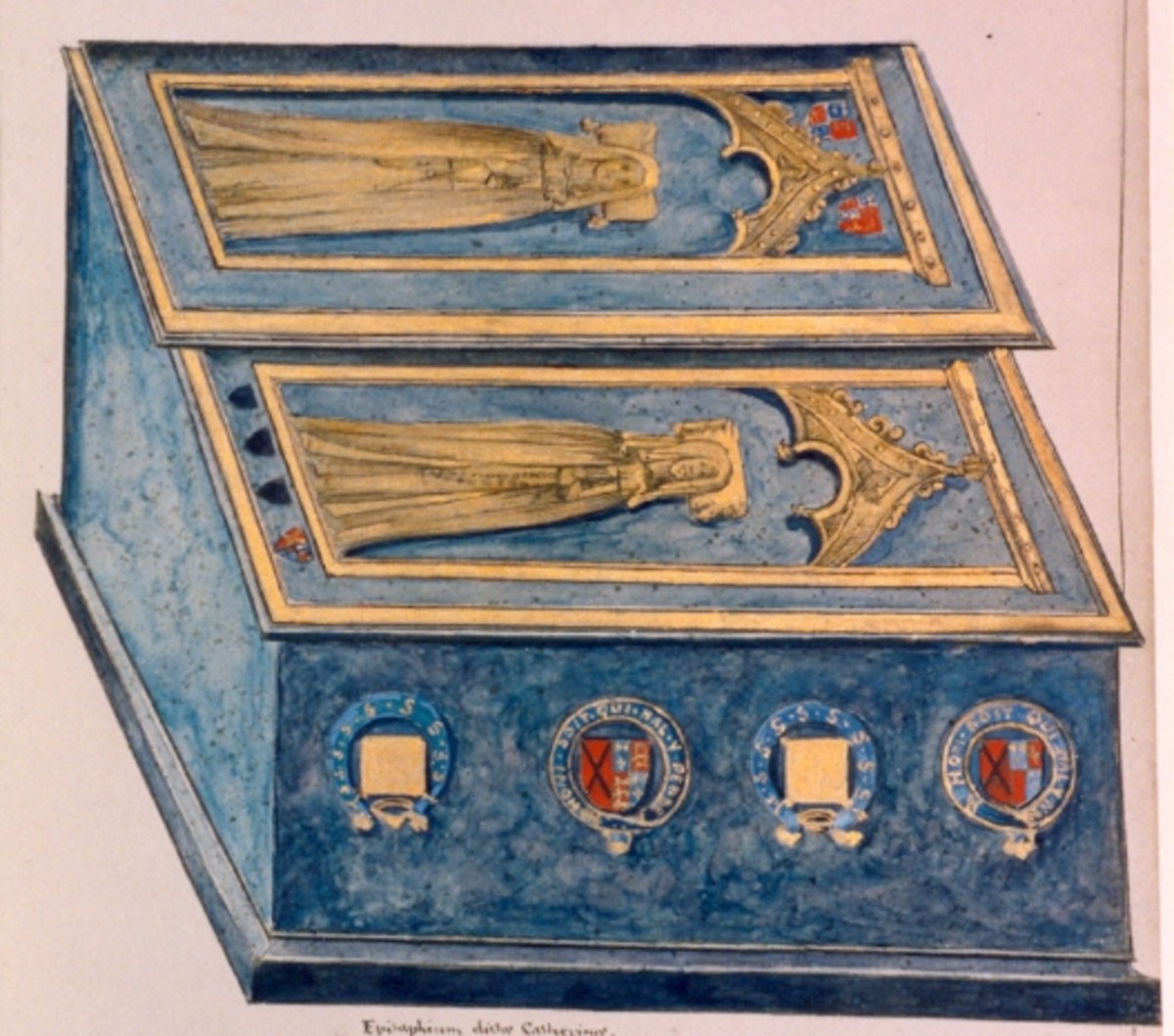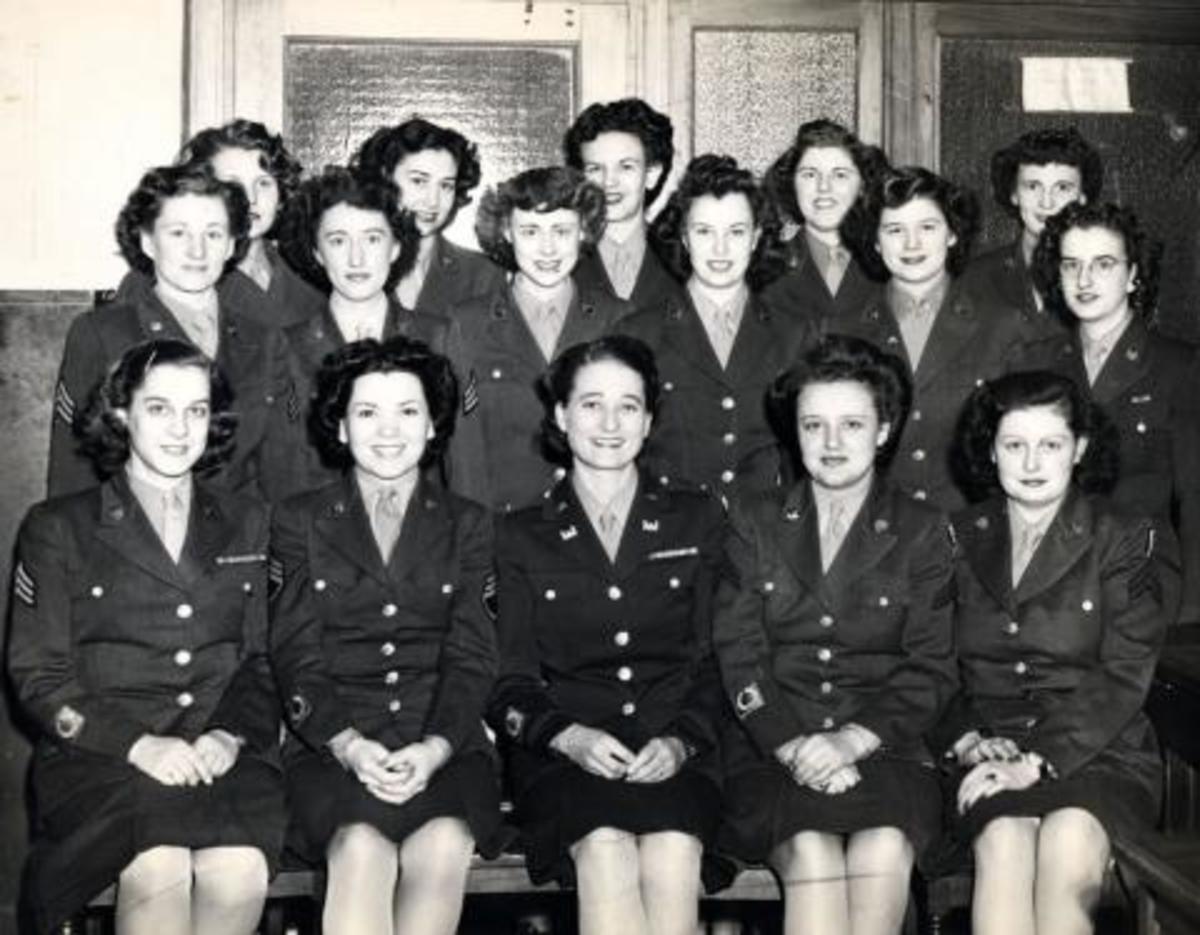Carpentry
Early History of Carpentry
Primitive carpentry developed fast in forested regions during the Neolithic period of the Stone Age. Improved stone axes of that period enabled men to shape wood for such objects as animal traps, dugout boats, sledges, and shelters. In the 4th millennium B.C., the Egyptians used copper tools to fashion coffers, chests, and bedframes. In the 2nd millennium B.C., they had bronze tools and bow drills. Their skills in dovetailing, mitering, mortising, and paneling is exemplified in the beautiful and intricate furniture of the tomb of Tutankhamen.
European peoples produced no such furniture until the Renaissance, but from very early times they used timber to construct their huts and household gear, burial barrows, and henges (sacred enclosures). In the Rhineland and in Denmark, Neolithic man built rectangular timber houses more than 100 feet (30 meters) long. The so-called lake villages of Switzerland, resting on piles or a framework of beams, also imply the existence of the art of carpentry. At Stonehenge, in England, the mortised and fishtailed joints of the trilithons (stone structures consisting of two uprights and a lintel) show that advanced carpentering techniques were available for imitation by masons in Bronze Age Britain. Before the Romans conquered the island, its carpenters handled iron adzes, saws, rasps, awls, gouges, and knives of modern shapes, and turned woodwork on pole lathes.
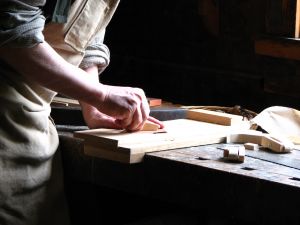
Medieval Carpentry
In the Middle Ages much carpentry was the work of specialized craftsmen, such as the shipwright, wheelwright, turner, cooper, and millwright. But general-purpose carpenters were still found in most villages and on manorial estates. Carpenters congregated in the larger towns; Paris, for example, in 1300 had 108 carpenters. Such craftsmen could easily travel with their tools to outlying hamlets that had no carpenters of their own, or to wherever some major building enterprise required temporary labor.
Medieval carpenters had many efficient tools, such as the carpenter's brace, which was invented during the Middle Ages; the plane, which was known to the Romans and reappeared about 1200 A.D.; and other steel-edged tools, which were improved by the progress of steelmaking. Wrought-iron nails of uneven shape and sometimes wooden pegs were used to hold work together. Screws were not used until the 16th century.
In northern Europe the first churches and castles were made of timber and the great stone buildings, by which they were gradually replaced, demanded skillful carpentry for floors, doors, and, in the later centuries, paneling. In England large spans were often roofed with timber and required special devices to tie the rafters at a height which did not obstruct the end windows; this roofing technique culminated in the spectacular hammer-beam roof which was first used in Westminster Hall. Large stone buildings also required the erection of scaffolding for walls and towers, framework for the assembling of arches, and often piles to strengthen the foundations.
Houses and other ordinary buildings were still made of timber, with thinner wood or mixtures of clay and other materials to fill the gaps between posts and beams. For a single-story cottage, the frame might consist of only a few pairs of curved timber uprights (cracks) nailed to a roof beam, but usually the thatch or other roofing material was laid upon rafters made fast to two lines of posts rising 8 to 10 feet above the foundation.
Furniture consisted mainly of chests, trestle table, benches, and other carpentered pieces. Most of the larger implements of agriculture and industry also were carpentered. Even the catapults and siege towers of medieval warfare were made by carpenters.
Carpentry Since the Renaissance
The great Renaissance buildings owed part of their splendor to the art of carpentry. The outer dome of St. Paul's Cathedral in London and the 68-foot (23-meter) roof span of the Sheldonian Theatre in Oxford are two of Sir Christopher Wren's masterpieces in timber construction. More widespread examples of architecture requiring skilled carpentry are the mansard roof with its double slope, used to provide loftier attics, and broad wooden staircases, large panels, and sashed windows.
These features, as well as the humbler clapboards and shingles of southern England, were all incorporated in the timber-built homes of New England, where the carpenter's trade was well established.
With the growth of refinement in woodwork, the term cabinetmaking came into vogue for the work on better quality furniture. Other close-fitted nonstructural woodwork, executed generally with lighter tools, became known as joinery. The joiner, who appeared first in Italy and was known in England by the 13th century, became established in New York and in the New England towns from the 17th century onward.
The scope of carpentry has been reduced in modern times through the substitution of stronger and less combustible materials for much of the timber construction that was formerly used in buildings. The element of craftsmanship has likewise been reduced through the increasing utilization of machine-made parts and repetitive processes.
In the first decade of the 19th century, for example, the French-English engineer M. I. Brunei began the mass production of ships' blocks at Portsmouth, England, and about 30 years later George Washington Snow introduced balloon-frame building in Chicago. Using machine-made 2-inch (5-cm) studs fastened to plates with machine-made nails, he demonstrated a cheaper and quicker method of construction that largely outmoded the mortise-and-tenon frame, which required the work of skilled carpenters.
At present, carpentry consists mainly in combining pieces of timber that have been shaped by machinery. The work is further speeded up by the use of powered hand tools. But the complex skills that were associated with carpentry's heyday in the post-Renaissance period, and that used to be acquired through long apprenticeship and wide experience, are now nearly extinct. However, carpentry has never lost its fascination for amateurs.

